Designed for home cooks and food enthusiasts seeking to transcend basic seasoning, this guide unlocks the transformative potential of mojo flavors. Mojo has evolved from its Canary Islands origins into a global symbol of culinary boldness—where pungent aromatics, balanced acidity, and layered heat create unforgettable sensory experiences. You'll gain actionable techniques to build confidence in flavor experimentation while avoiding common pitfalls that leave dishes one-dimensional.
Move beyond generic spice advice as we reveal how strategic flavor layering activates memory and emotion through scent chemistry—a unique perspective rarely addressed in mainstream cooking resources. Whether you're reviving weeknight dinners or crafting showstopper dishes, these methods deliver restaurant-quality depth with pantry staples.
Table of Contents
- What Exactly Is a Mojo Flavor?
- Why Mojo Flavors Work So Well
- Top 5 Mojo Flavor Pairings You Need to Try
- How to Make Your Own Mojo Base
- Pro Tips for Playing with Mojo Flavors
- Mojo Around the World: Global Inspirations
- Frequently Asked Questions
- Final Thoughts on Mojo Magic
What Exactly Is a Mojo Flavor?
Mojos are traditionally garlic-and-chili-based sauces hailing from the Canary Islands, often made with olive oil, vinegar, herbs like cilantro or oregano, and citrus zest. But today, “mojo” refers more broadly to a style of flavor profile that's pungent, aromatic, and deeply savory, often used as a marinade, dip, or finishing sauce.
| Traditional Mojo | Modern Mojo Flavor Profile |
|---|---|
| Citrus zest | Lemon or lime |
| Garlic cloves | Rosy garlic aroma |
| Chili peppers | Piquant heat layers |
| Olive oil base | Creamy or oily texture |
| Vinegar tang | Bright acidity |
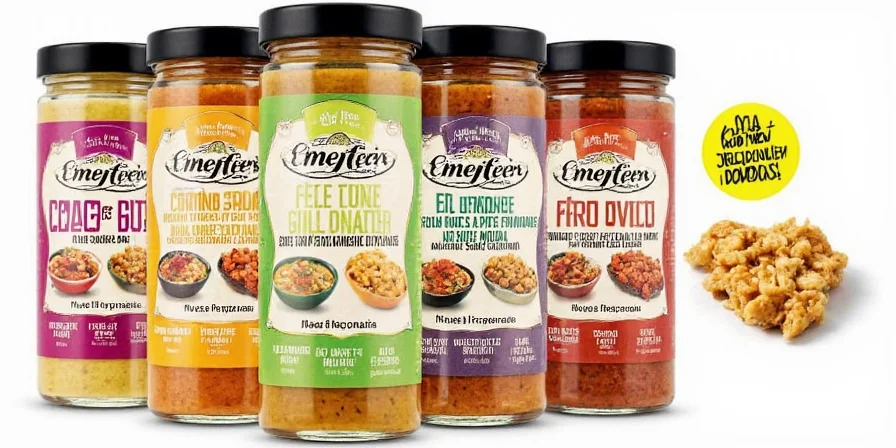
Why Mojo Flavors Work So Well
Let’s break down the science behind the sizzle:
- Umami + Fat = Love at First Bite: Garlic, aged chilies, and oils create a deep umami punch that coats the palate and enhances other ingredients.
- Acidity Cuts Through Richness: Vinegar or citrus lifts heavier dishes and balances out grilled meats or creamy sides.
- Heat That Builds, Not Burns: Mojos rarely go nuclear. They offer a lingering, smoldering warmth — perfect for spice lovers who want complexity, not chaos.
- Aroma Activation: Fresh herbs and aromatics like cumin or smoked paprika hit your nose before your tongue does, creating anticipation and pleasure before the first bite.
- Emotional Resonance Through Scent Chemistry: Emerging research shows that scent compounds in mojos—like allicin from garlic—trigger memory centers in the brain. This creates deeper emotional connections to meals, transforming ordinary dinners into memorable experiences.
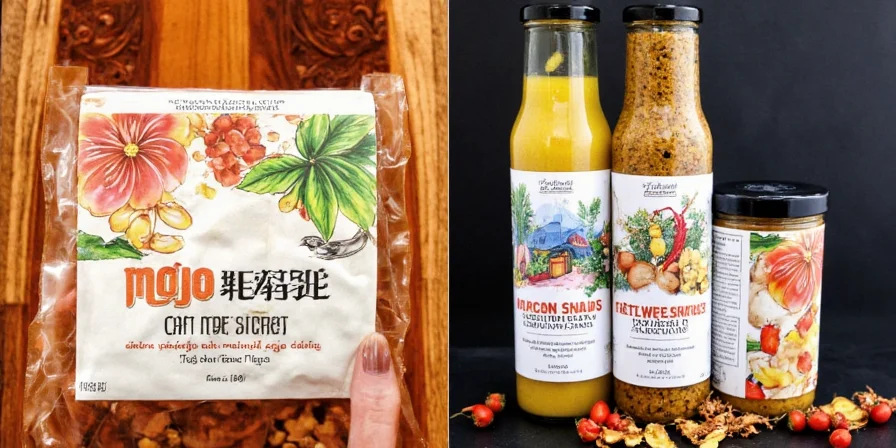
Top 5 Mojo Flavor Pairings You Need to Try
We’ve rounded up five of our favorite innovative pairings that take the classic mojo concept and run wild with it. These aren't just for chefs — any home cook can play!
- Coconut Mojo & Grilled Shrimp
Try this tropical twist: Swap olive oil for coconut oil, add lemongrass, and finish with a splash of coconut cream. Perfect for summer nights and beach-inspired vibes. - Smoked Paprika Mojo & Sweet Potato Fries
Think sweet meets spicy: A rich, smoky blend cuts through the natural sugars of roasted sweet potatoes. Dip away without guilt! - Turmeric Mojo & Roasted Cauliflower
Golden magic: Add turmeric, ginger, and a dash of black pepper to boost absorption and anti-inflammatory power. Great drizzled over veggie bowls. - Chipotle Mojo & Pulled Pork Tacos
Spice meets comfort: Smoky chipotle adds depth to slow-cooked pork, while lime juice keeps it fresh and bright. - Miso Mojo & Buttered Noodles
Japanese fusion flair: Miso paste, sesame oil, and chili flakes make a umami-packed base. Stir-fry noodles and coat generously for a fast, flavorful meal.
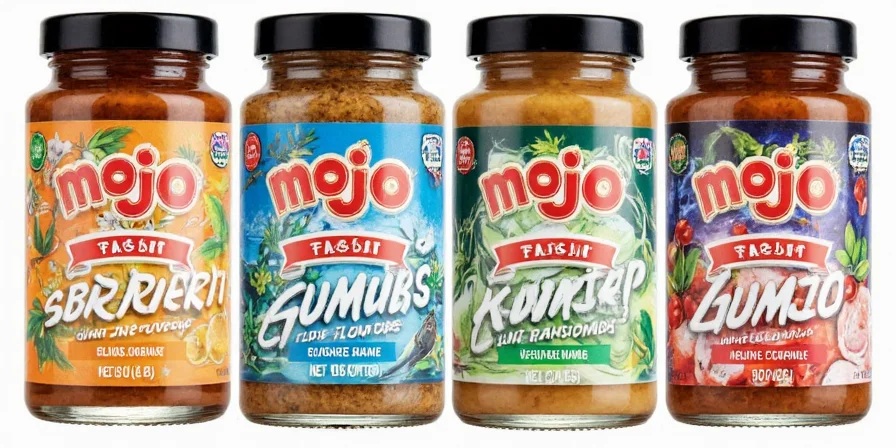
How to Make Your Own Mojo Base
The beauty of mojos is that they're endlessly customizable. Start with this basic recipe and let your pantry be your guide.
Classic Mojo Verde Recipe
- 4 garlic cloves, peeled
- 1 small green chili (jalapeño or serrano), stemmed and seeded
- 1/2 cup chopped cilantro or parsley
- 1 lemon, zested and juiced
- 1/2 cup extra virgin olive oil
- 1 tbsp red wine vinegar
- Salt to taste
Blend everything in a food processor until smooth. Adjust consistency with a splash of water if needed. Store in the fridge for up to a week.
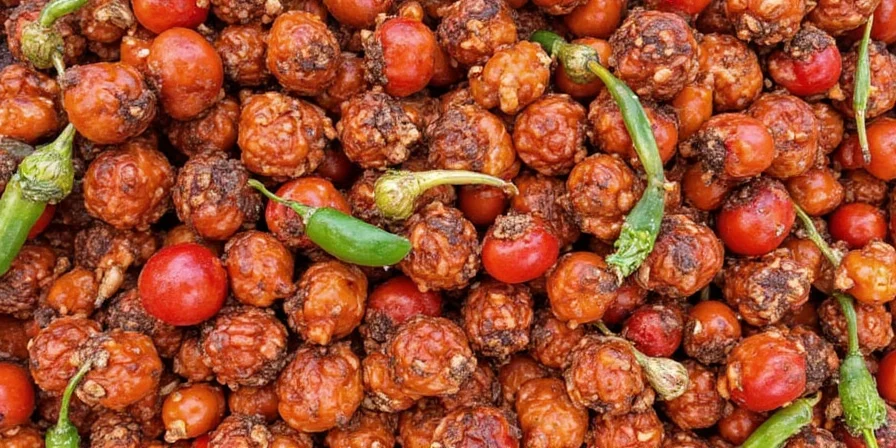
Pro Tips for Playing with Mojo Flavors
Ready to get experimental? Here are some tips to help you master the art of the mojo:
- Start Simple: Don’t overload your blender. Stick to one dominant flavor (like garlic or chili) and build around it.
- Add Texture: Pulse your blender instead of blending completely for a rustic, chunky finish.
- Toast Your Spices: Lightly toast whole spices like cumin or coriander before adding them to your mojos for a deeper flavor.
- Balance Acid and Fat: Too much vinegar? Add more oil. Too greasy? Brighten it up with citrus.
- Use It Cold or Warm: While most mojos are served cold, try warming them slightly to infuse meat or veggies during cooking.
Mojo Around the World: Global Inspirations
Mojos may be born in the Canary Islands, but their influence stretches far beyond. Check out these international cousins of the classic mojo:
| Region | Flavor Equivalent | Key Ingredients |
|---|---|---|
| Mexico | Adobo Sauce | Dried chilies, vinegar, garlic, spices |
| Korea | Gojujang Paste | Fermented soybean, chili, glutinous rice |
| North Africa | Harissa | Roasted red peppers, chili, garlic, cumin |
| India | Chutney | Tamarind, mint, coriander, jaggery |
| Japan | Wasabi Mayo | Wasabi paste, mayonnaise, soy sauce |
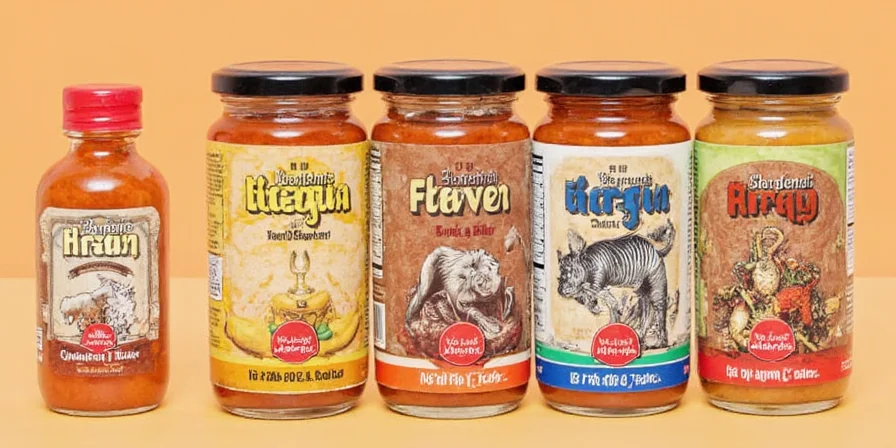
Frequently Asked Questions About Mojo Flavors
What's the key to preventing bitter mojo?
Bitterness usually comes from overprocessed garlic or burnt spices. Always mince garlic finely by hand rather than using a food processor, and toast whole spices just until fragrant—never until darkened. Adding a pinch of sugar balances any residual bitterness.
Can I use dried herbs instead of fresh in mojos?
Fresh herbs are essential for authentic mojo vibrancy since drying diminishes volatile aromatic compounds. If fresh isn't available, use 1/3 the amount of dried herbs and add a splash of citrus zest to revive brightness. Never substitute dried cilantro—it creates an off-putting soapy note.
How do I adjust mojos for sensitive palates?
Replace fresh chilies with roasted red peppers for gentle sweetness, and use mild smoked paprika instead of cayenne. Double the citrus component to create brightness without heat. For children, blend in 2 tablespoons of honey to round out sharp edges while maintaining complexity.
Final Thoughts on Mojo Magic
Mojos represent more than flavor—they're a gateway to culinary mindfulness. By understanding how scent compounds trigger memory, you transform cooking from a routine task into an intentional act of connection. This approach moves beyond generic 'spice tips' to address the psychological dimension of dining that professional chefs leverage but rarely explain.
Start with one pairing this week, focusing on aroma development before taste. Notice how the scent changes as ingredients meld—this sensory awareness is what separates memorable meals from ordinary ones. The real magic isn't in the ingredients themselves, but in how you orchestrate their interaction.
Your next meal holds the potential for an unforgettable experience. All it takes is one bold spoonful of mojo.
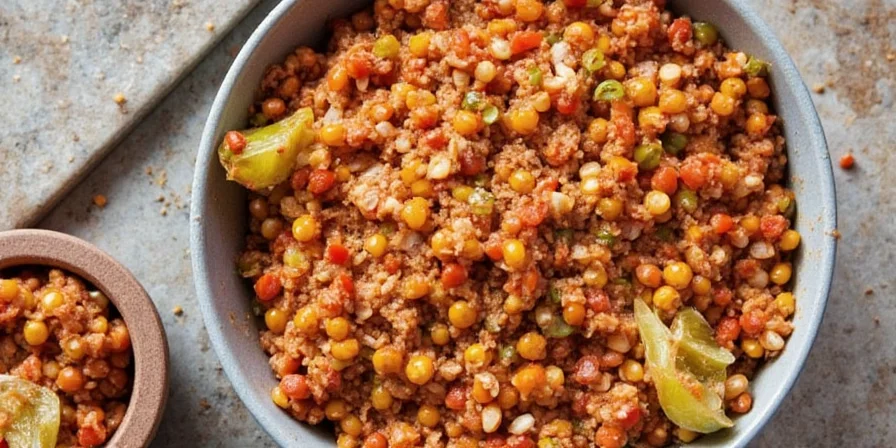

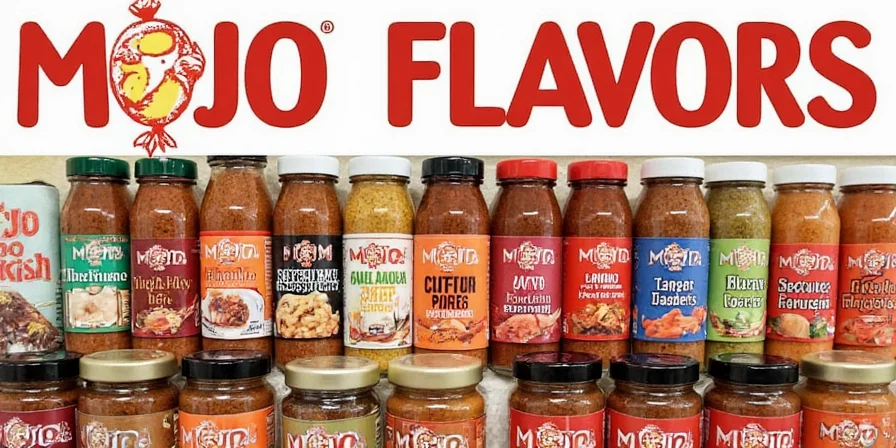









 浙公网安备
33010002000092号
浙公网安备
33010002000092号 浙B2-20120091-4
浙B2-20120091-4